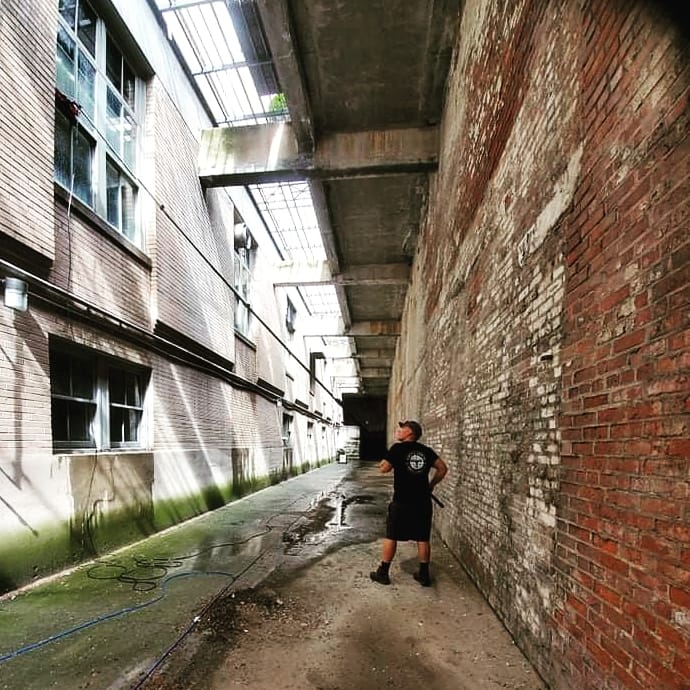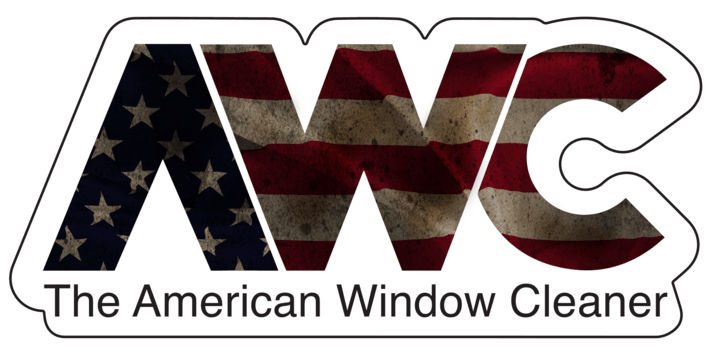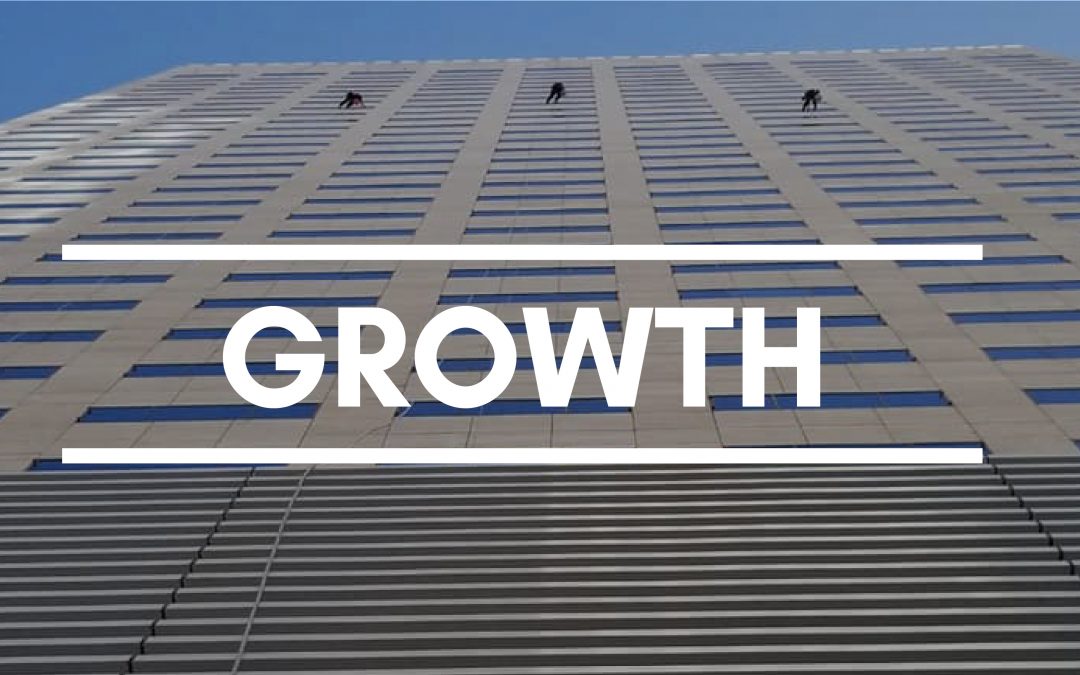Our cash flow is arguably the most powerful tool we have in our business. The business owners I see that are performing the best in their trades are often not the best at the trade itself; they are the best at making solid decisions with their money. They invest in the right places in their business at the right times. This doesn’t mean they are throwing money around left and right and leveraging the hell out of every component of their business; they are typically frugal individuals who spend more time scrutinizing the terms of a finance structure than the piece of equipment they just financed. Simply put, they are good at keeping their money safe, so when the right opportunity presents itself, they have the ammunition to pursue it. In this month’s article, I’m going to dive into some ways you can keep your money protected while staying aggressive and opportunistic to grow when the time is right.
How Much Cash Should You Carry?
The common recommendation in personal finance is to hold enough cash in your bank account to cover 6 months’ worth of expenses. However, we often don’t have that luxury for a small business, as we need to be putting our cash to work faster and more often as we scale. Hence, I lean more towards 3 months’ worth of expenses being covered, with a line of credit behind the scenes to cover me if I need to dip into those reserves. When I say expenses, I would also include in that number any loan payments or other obligations you have that might not technically hit your P&L (loan payments hit the balance sheet) but sure as heck are cash outflows from your bank account. I do find that as our businesses have scaled and become more consistent and predictable, I will even work that buffer down to 1-2 months’ worth of cash. We can do that partially because of the predictability but also simply due to the size and scale of our business.

Credit: Dylan Carpenter
Let’s do an example. Yep, here comes some math. Let’s say one of our businesses averages around $20K of revenue per month, so generally has total cash outflows of about $17K per month (that includes paying ourselves). Our cash reserve, if we held 3 months’ worth, would be $51K. That’s a nice healthy buffer and would cover the majority of any significant investment we needed to make. If we look at another one of our businesses that averages around $100K of revenue per month and has cash outflows of around $85K, we’d have $255K in the bank to cover 3 months’ worth of expenses. It turns out we actually do have businesses in each of these ranges, and while for the smaller business, we do try to keep close to around $50K in the bank, we don’t keep anywhere close to $225K for the larger business on hand. The reason being is that the next large purchase we need to make in either of these businesses is generally a new rig, and that will cost the same amount in either location. For $20-30K we can have a new rig on the road, and we don’t need to hold 10x that just for safety reasons. Hence, in our larger business, we carry around 1 month worth of expenses. I’ll explain in further detail how we decided this in the next section. My point is, 3 months is a good ground rule, but as you scale, your business might need a little less on hand.
Managing For the Slow Season
For many of us exterior cleaning folk, we encounter quite a bit of seasonality, oftentimes so much so that this can end up being the basis for how much cash we should have on hand. As I noted in the previous section, in our larger businesses, we don’t just hold a specific number of months’ worth of cash, we actually look at the amount of money we’ll need to stay afloat during our slowest months of the year, and we hold that amount as a baseline in our bank accounts. This business of ours is located in Minneapolis, MN, and hence we are basically shut down from early December through early March. If the weather is super friendly, that makes for about 3 months, but normally it averages 4 months of slow to non-existent work for us. Hence, this is the time period we need to cover with our cash reserves.
Given the seasonality and the massive drop of revenue that we have, it’s no surprise that our expenses also see a massive drop. Labor is typically our largest expense, but during the winter, besides a few admin people working on projects, our labor expenses are significantly lower. We also grind marketing to a halt during this time. We essentially need to cover the recurring admin expenses and our fixed infrastructure costs (rent, insurance, software, etc.). For us, that equates to about $20K per month, and to be conservative, we assume we are going to be shut down for 4 months. So, we need to hold at least $80K in the bank to make it through a tough winter. As we approach winter and assess how much to carry in reserves, we do the calculation of cash + accounts receivable – credit card balance must be > $80K, and we hold that balance all year. We have a Line of Credit to fall back on that could cover another 2 months of those barebones expenses, but our goal is never to have to use it. It’s effectively an insurance policy.
Profit First Methodology
If you’ve been in the small business game for a minute, you’ve likely heard of or maybe even read the book “Profit First” by Mike Michalowicz. The super cliff notes version is this; make sure you set aside profit as you go to pay yourself first. Along with setting that money aside, you should be carving out money to ensure your payroll, operating expenses, insurance, etc., and taxes are covered. In the spirit of keeping your money safe, the most important thing you can do is have a profitable business. If your business is sucking wind, then that is the #1 enemy of your money.
By ensuring profit comes first, you ensure that you will have money to be kept safe.
In practice, many of my bookkeeping clients enact some form of profit first. I’m not a huge fan of the multi-bank account setup, as I think it can make a business owner lazy about just going through the motions of transferring money to these accounts in order to protect themselves from themselves, and in turn, they get lazy about reading their P&L and actually understanding their business and whether or not it is working. It is synonymous with memorizing for a test back in the day vs. actually understanding the materials being tested on. Don’t get me wrong, I did that all the time back in school, but this is the business we’re talking about here, not a high school psychology test. But I digress. For some folks, that physical act of stashing money away into a safety account, even as far as doing so for specific purposes like paying their income taxes (I like that one), their payroll, their insurance bill, etc. Rather than just holding a minimum balance is a great way to keep their money safe while they scale their business.
As always, don’t forget to head to our website and grab our free chart of accounts download and free target budget template so you can keep your financials dialed in and your profit margin maxed out.
Dan Platta – CEO – Blue Skies Services
Bookkeeping, Beer, and BS on Facebook


Very nice article, Dan. Thanks!